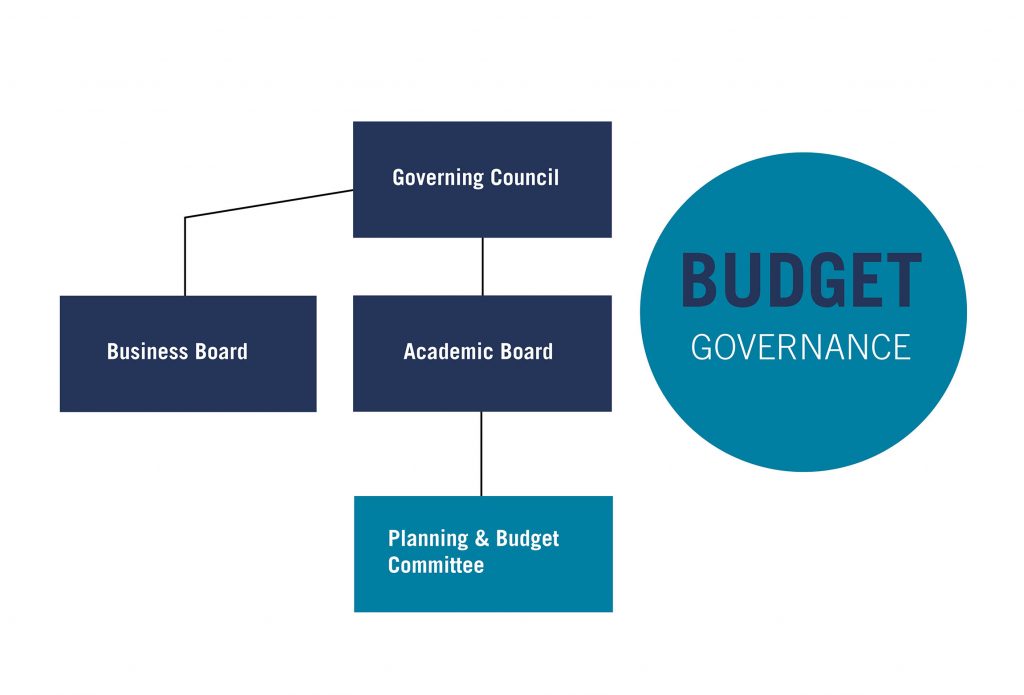
The budget report (including detailed allocations for the current year and long-range budget guidelines for the five-year cycle, and accompanied by tuition, enrolment, student aid, and ancillary fee reports) begins its journey through governance in cycle 4. The timeline for the current year can be found on the Governing Council website, on the calendar of scheduled meetings.
After each of the Planning and Budget Committee and Business Board governance meetings, budgets for the upcoming year are communicated to divisions – pending final approval by Governing Council in April. Tuition fees are posted online after Business Board approval, again pending final approval by Governing Council.
All of this information allows divisions and departments to prepare detailed-level budgets and upload them into the financial system during March and April.
The cycle typically begins in late February and culminates at the final approval meeting by the Governing Council in early April.
The cycle concludes as the new fiscal year starts on May 1. Detailed budget plans are set up in the financial system as per approved budgets. In June, Business Board approves financial statements for the previous fiscal year, including information on any revenue and expense variances in the operating budget. Resulting from this information, divisions are assigned a positive/negative year-end variance (primarily enrolment related).
The U of T budget model is unique and complex. Its core premise of decentralized decision-making allows for innovation, evolving priorities, and increased opportunities for collegial governance. The budget model lays the groundwork for what President Gertler calls “defying gravity”. The University’s achievements far outreach the resources and funding available and “our ability to achieve these incredible results…is nothing short of remarkable.”

